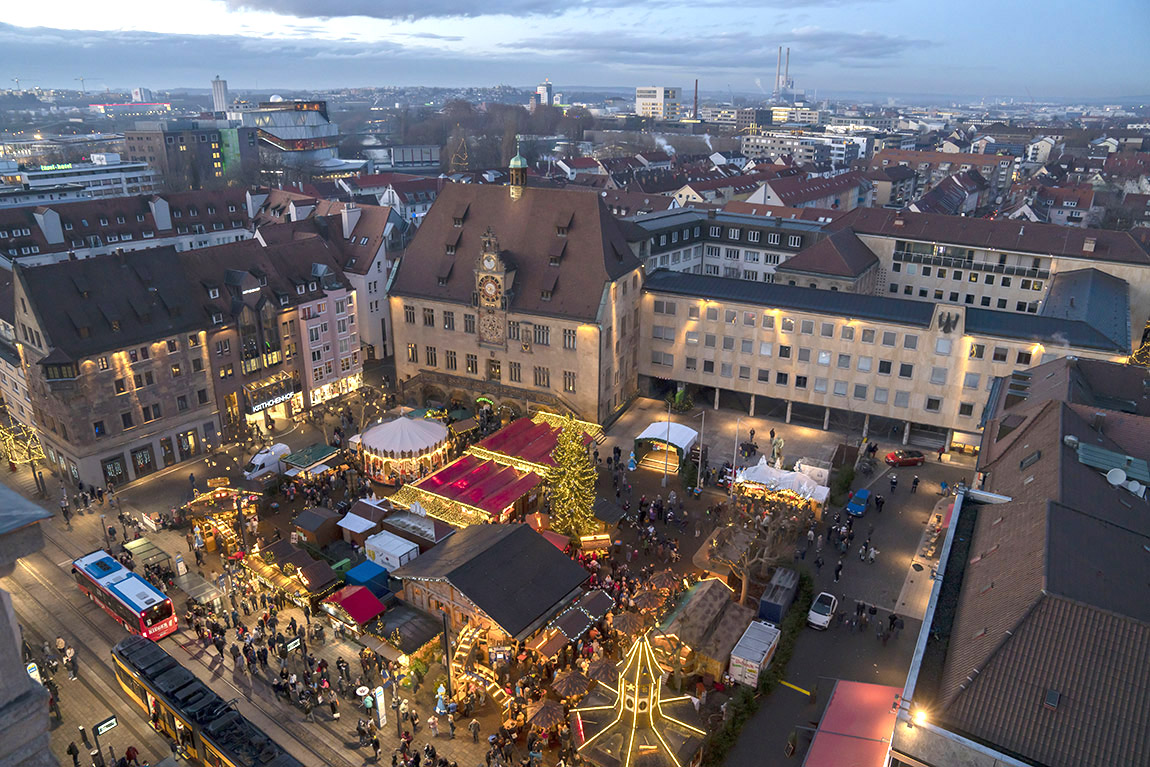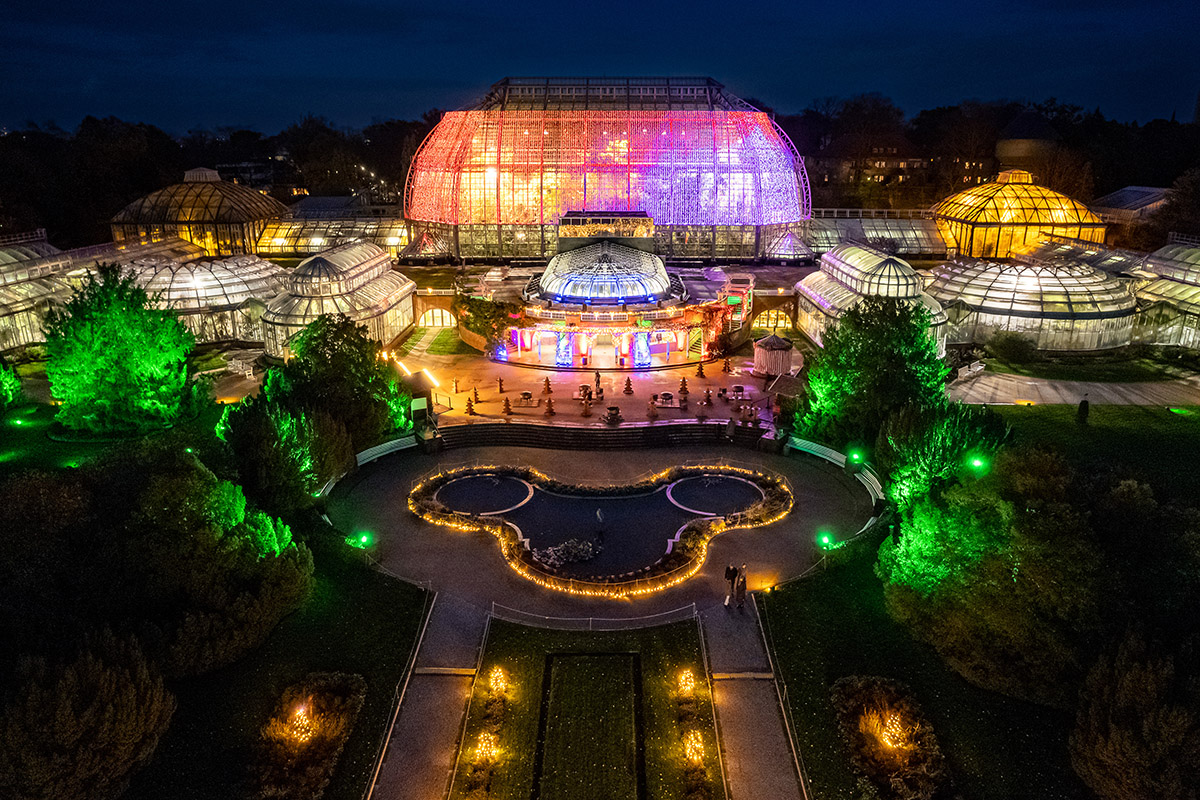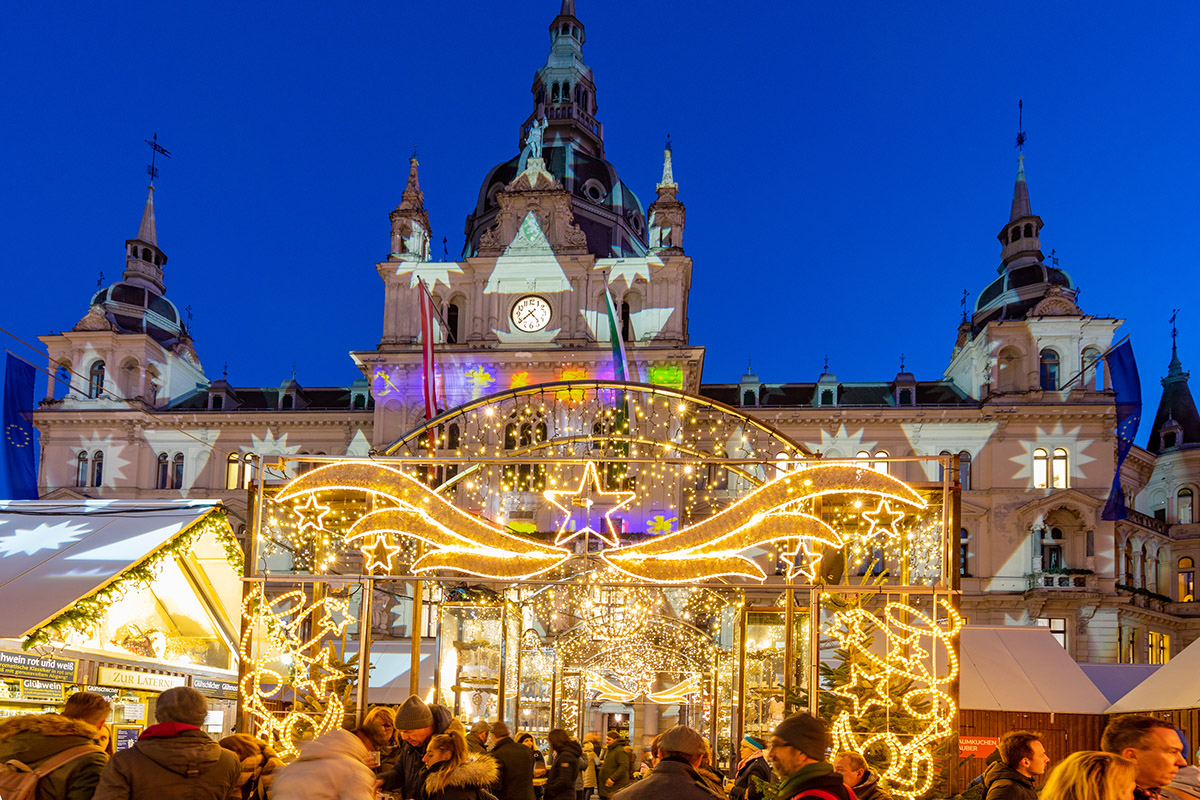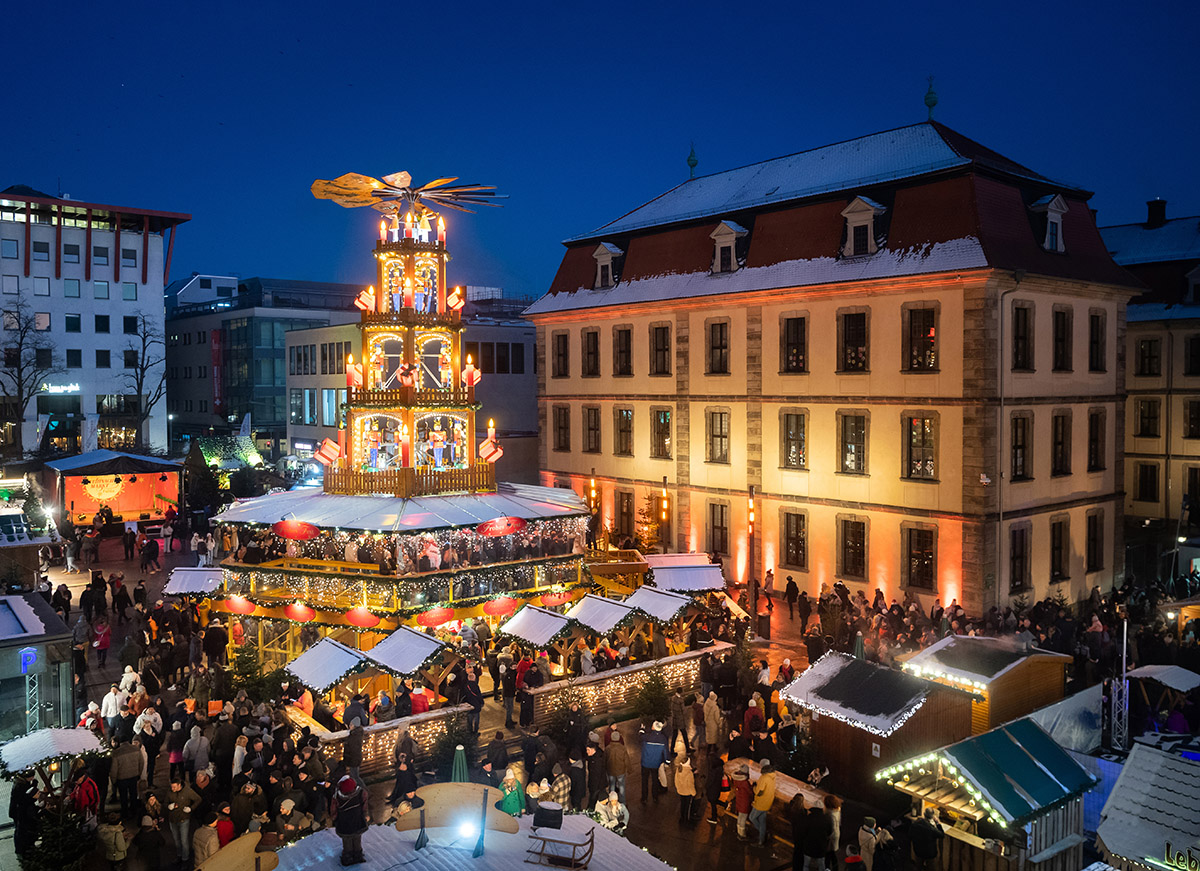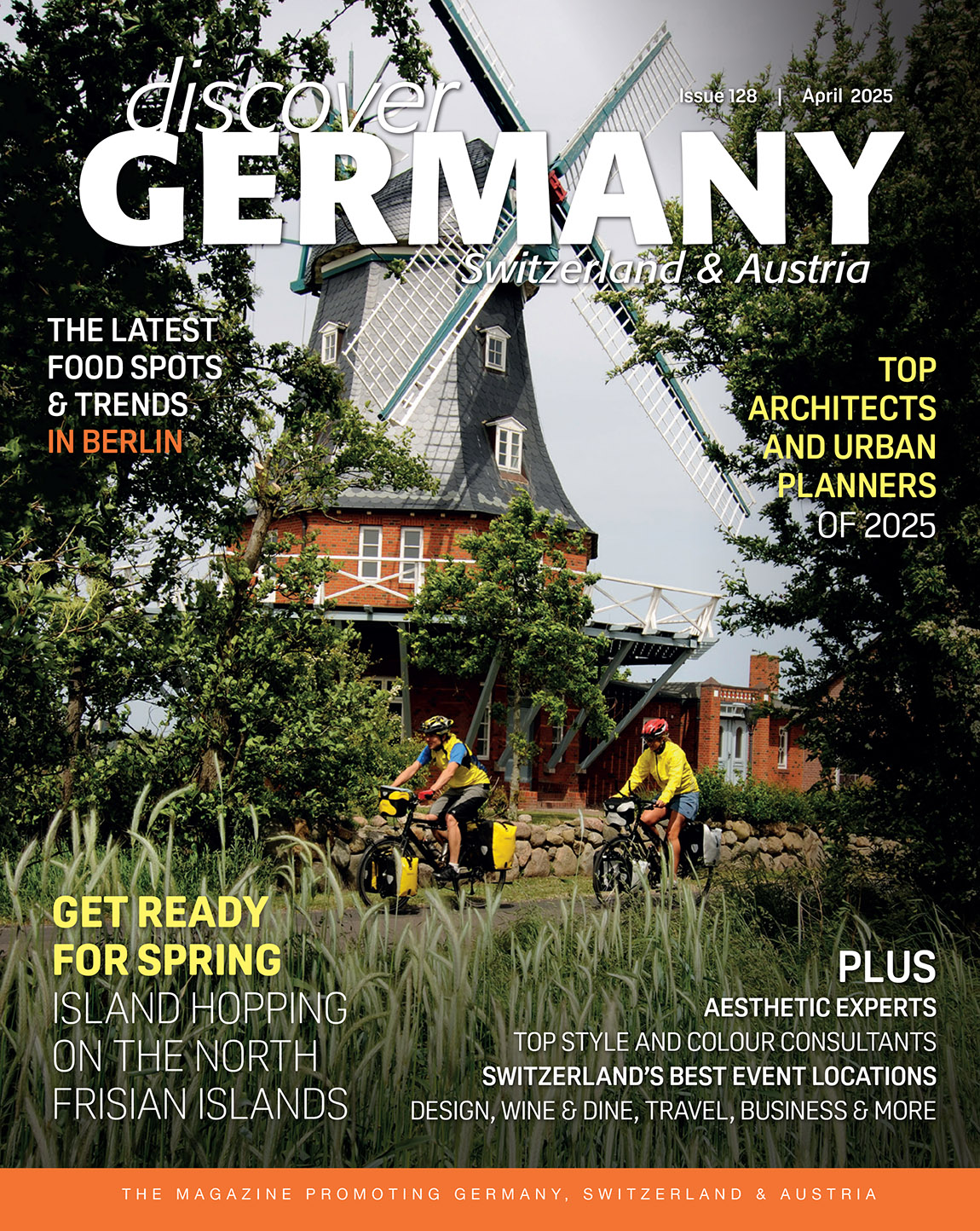Magical Christmas-time in Germany: Country of Christmas markets
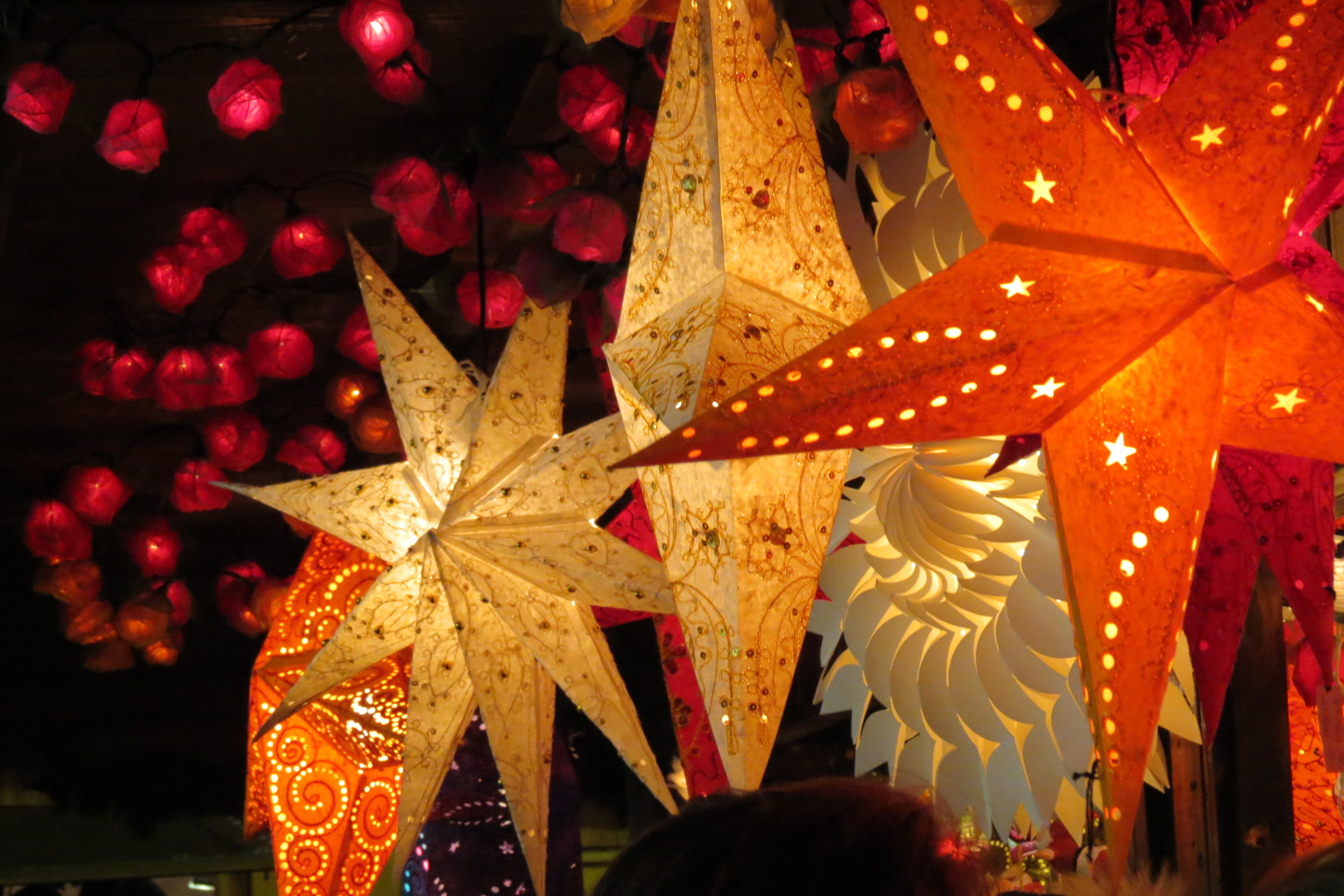
Christmas markets are a German thing, that much is certain. Mostly beginning in November, the last part of each year in Germany is dedicated to these festive gatherings. Visit a big city and you will not get around it, visit a small city and it will be the centrepiece. But what is it about these winter wonderland installations that makes them so very irresistible for 270 million visitors a year?
Let us go back in time to trace this phenomenon. It was in the 14th century that it became common to allow craftsmen and toy manufacturers, to display their goods during Christmas time. Before, this privilege was held by grocery traders only, who supplied the people with vital products by way of organising markets. After the concept of the market was opened up to other goods, the custom became a tradition that was repeated year after year. In fact, one of the first documented markets is the Santa Claus market of Munich in 1310. However, while these markets always took place during the winter time, it was not until the first half of the 20th century that they were actively connected more closely with pre-Christmas customs.

Photo: © Landeshauptstadt Stuttgart
The typical Christmas market
From the beginning, the markets took providing sustenance seriously. Roasted chestnuts, almonds and nuts accompanied the different food on display. This has not really changed. Whether festive pastries like speculoos, printen and lebkuchen or your warm classic like a bratwurst or potato fritter, the Christmas markets do not hold back.
Most current Christmas markets consist of various wooden stalls. In order to achieve a historic feel and atmosphere, organisers try to find locations with such backgrounds, often in the city centre, in front of historic buildings or around churches. While many aspects of a Christmas market are not defined and change from one place to another, one can be sure to find a large Christmas tree and festive lighting. Making for a beautiful contrast with the winter darkness, this surely is one of the main appeals of visiting a market.
What to do at a Christmas market
There are actually some statistics on this. 79 per cent of the Christmas market pocket money is spent on food, 64 per cent on hot wine punch, 44 per cent on decorative items and 31 per cent on Christmas presents. This underlines one of the most important aspects about the markets. Christmas markets are much more an event to socialise, to have a bite or drink and to get together with friends, than a shopping experience.
To have a drink means to drink around 50 million litres of hot wine punch for Germans. To give you an idea of the amount of food that is produced for the markets, 82,000 tonnes of lebkuchen were produced in 2014. One of the most famous culinary items on the market menus is the Christmas stollen from Dresden. Its history is almost as long as the idea of a market, as it was first documented in 1474.
If you want to see the largest tree of any Christmas market, Dortmund’s market is your choice. Being 45 metres high, this is one impressive tree. The angel on top of it weighs in at 200 kilogrammes and its lighting amounts to the incredible number of 48,000 individual lamps.

Photo: © Doris Meta Franz
Significant Christmas markets
In Germany, there are 34 large and 2,200 small markets. Each of them has a significance to the city or village it takes place in and specific, regional differences. For these reasons it is hard to point to particular markets when describing importance. All of them are important because they are part of larger tradition and culture.
However, when Cologne has the most visitors on its Christmas markets, one can definitely say that the city is worth visiting during December. We can also point to the market in Aachen’s city centre where a single market, as opposed to the multiple ones in Cologne, attracts more than 1.5 million visitors a year. In the end, it depends on your taste. Read the forthcoming pages, do some further research and you will find your perfect Christmas market experience.
Culinary treats to try at a German Christmas market:
– ‘Mutzen’: Tasty butter dough treats from the Rhineland.
– In Dresden, try a ‘Stollen’: a yeast-based pastry with raisins and icing sugar.
– Thuringian ‘Rostbratwurst’.
– ‘Schupfnudeln’: Thick, German noodles, served with Sauerkraut.
– In Frankfurt, try a tasty cup of apple ‘Gluehwein’.
– Stuttgart’s ‘Hutzelbrot’: Dried fruits in a baked, sweet, dark bread dough.
– Luebeck’s ‘Marzipan-bread’.
Sit back and discover Germany’s most beautiful Christmas markets at the following link: discovergermany.com
TEXT: THOMAS SCHROERS
Subscribe to Our Newsletter
Receive our monthly newsletter by email
